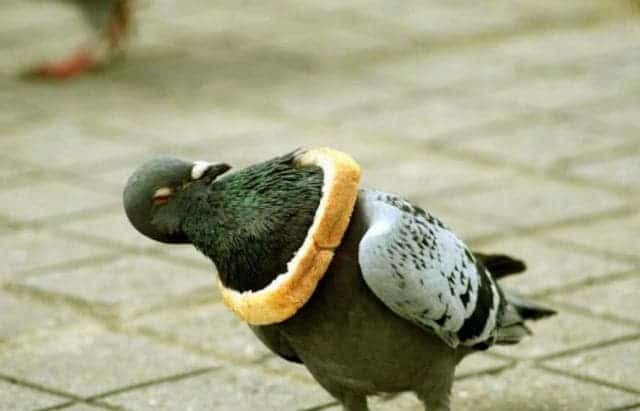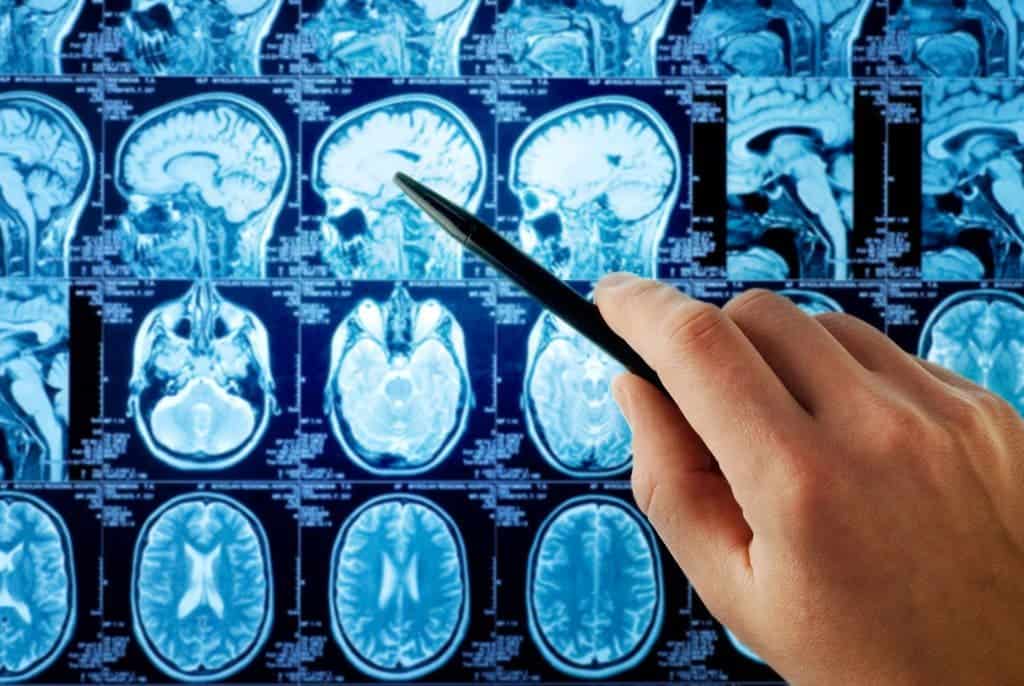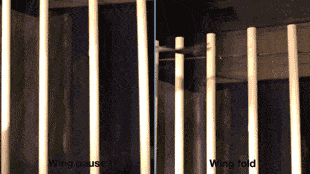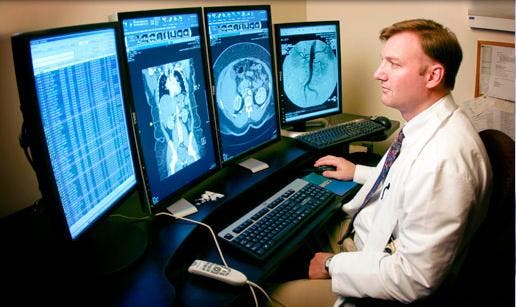With robots taking up all the factory jobs and CEO’s outsourcing each and any position they can to China, it’s harder and harder for the common bloke to find a job these days. And it’s only about to get worse as pigeons, pigeons, are now poised to take over the health industry positions for the price of bread crumbs.

Image via fatcampus
Well ok not really, but they totally could.
In a series of three experiments, a team led by Professor of pathology and laboratory medicine Richard Levenson found that pigeons can learn to identify cancerous breast tissue in images. The birds “share many visual system properties with humans”, reads the study.
The first phase of the test had eight pigeons pour through 144 breast tissue images. Some of the images had color while other did not, and they were taken at various levels of magnification. The birds then had to choose between a yellow of blue button on either side of the image to peck, indicating if the tissue was cancerous or healthy.
[RELATED] These animals don’t get cancer, and these might help us obtain a cure
Should they choose right, they were rewarded with food. If they answered wrong, they were presented with the same image, again and again, until they gave the right answer.
“With some training and selective food reinforcement, pigeons do just as well as humans in categorizing digitized slides and mammograms of benign and malignant human breast tissue,” Levenson said.
In two weeks, the pigeon’s accuracy rose from 50 percent to 85 percent. The birds were then shown new images, to rule out the possibility that they memorized the slides but their accuracy remained steady, between 85 and 87 percent. However, the most spectacular results were obtained when the team combined the responses off all the birds rather than score them individually — hilariously called “flock sourcing” by the team, this method rose accuracy of prediction to a whopping 99 percent.
“The pigeons were able to generalize what they had learned, so that when we showed them a completely new set of normal and cancerous digitized slides, they correctly identified them,” Levenson added.
The second phase of the experiment was also very successful. Four new birds were tested on their ability to identify micro-calcifications (cancer-associated calcium deposits) in breast tissue. Again, in fourteen days, they increased their accuracy tare from 50 to 85 percent.
The final experiment had another four birds attempt to identify masses in mammograms. While the pigeons were able to identify masses in images they had already seen with some success – two pigeons reached 80% correct classification and two reached 60% – they could not identify masses as benign or malignant in new images. However, keep in mind that this is a very challenging process for humans too — a previously tested panel of radiologists also reached a 80% maximum accuracy rate when viewing the same images.
“These images have a lot to do with the edges of masses and how irregular they are, as well as the density of the masses,” said Edward Wasserman, professor of experimental psychology at the University of Iowa and co-author of the study. “Identifying that is really tough to do. This is why people spend years perfecting the skill.”
“Pigeons may not be able to write poetry, but they’ve had millions of years to develop the abilities that they need to navigate a very complicated and dangerous world,” Levenson told the Smithsonian magazine. “So it doesn’t surprise me that they can do pathology!”
So, could the pigeons take on the doctor‘s jobs? These studies showed results comparable to (if not better than) those of trained humans, but I’m gonna say — not yet. However, they could prove very useful to researchers and engineers in evaluating the medical imaging techniques of the future, says Levenson.






